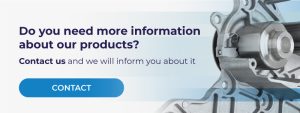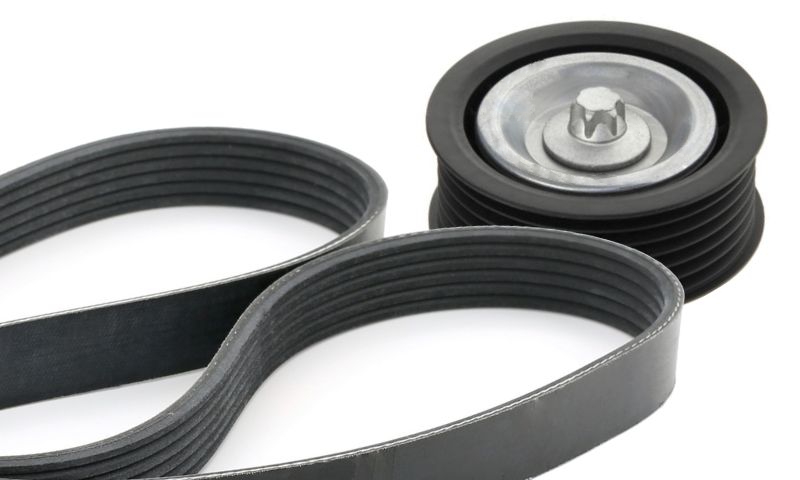The precise alignment of the belt, specifically the alignment of its pulleys, is an essential factor in the useful life and efficiency of the belt drive. When the pulleys are not correctly aligned, additional loads are induced, directly affecting the tension of the belt and other components of the system, preventing the transmission from perform optimally.
Keep reading to find out more about these issues, how to prevent future breakdowns and what you can do to ensure top performance.
Common drive system issues
- Belt wear: over time, belts can become worn or stretched, which can cause the drive system to malfunction. This wear depends on different factors, including wear to the shoulders of the belt due to the misalignment of the pulleys or wear on the back, generally due to one of the components blocking.
- Pulley misalignment: pulleys must be perfectly aligned with the belt to run correctly. If these components are misaligned or during installation they are not assembled as recommended by the manufacturer, they can be damaged, affecting the associated components.
- Improper tension: poor tension may allow the belt to slip and squeal, and on the contrary if the belt tension is too high, it will cause excessive loading, causing damage to the pulley bearings.
- Oil contamination: as the complete system relies on oil to lubricate the components and prevent wear, oil contaminations with debris or sludge can cause damage to the components, leading to poor engine performance and potential failure.
- Water pump failure: the engine water pump is often connected to the belt and can cause issues if it fails, leading to significant engine damage.
Drive belt misalignment
A misaligned accessory belt can cause vibration or screeching noises. In fact, this noise can be the first that indicates or diagnoses belt alignment problems.
The consequences of belt alignment
- Uneven belt wear: misalignment can cause the belt to wear unevenly or to develop cracks, leading to premature failure.
- Belt slippage: misalignment can cause the belt to slip off its pulley, resulting in reduced power transfer and system inefficiency.
- Reduced system efficiency: it gradually reduces belt performance by increasing wear and fatigue, resulting in increased energy consumption.
To avoid this, regular inspections and maintenance checks by professionals can help in preventing drive misalignment issues. This is the most effective way to save you money and avoid problems in the long run. The frequency of your replacements will depend on many factors, including the age of your current belt, the distance travelled and the model of your car.
The two most common types of pulley misalignment
Misalignment is one of the most common causes of premature belt failure. That’s why during fitting pulleys should not be any awkward corners or angles during alignment as these can cause twists in the belt.
There are two major types of misalignment, parallel and angular. When parallel, the pulleys may be out of plane, misplaced, or their shafts may be parallel. While in angular misalignment the pulleys are within the drive system plane but are tilted because their shafts are not parallel.
Keep reading: Buying Guide: Timing Belt Kits
Benefits of pulley and belt alignment
Understanding the common issues found with belts and knowing how to prevent them, can help improve the up-time and reliability of your belt drive applications.
Correct belt alignment is essential for the efficient operation and longevity of a vehicle’s mechanical systems. As such, correct pulley and belt alignment translates into the following benefits:
- Improved efficiency: properly aligned belts operate more efficiently, reducing energy consumption and improving overall system performance. The result is better fuel economy and a reduction in operating costs.
- Increased belt and pulley life: proper alignment forces help reduce wear and tear on belts, prolonging their lifespan and reducing maintenance costs.
- Reduced premature system damage: proper alignment helps reduce the risk of damage to other drive components.
Got questions? It’s better to be safe than sorry. A faulty drive belt may easily result in damage or extra downtime.
At Industrias Dolz, with our decades-long experience we guarantee the highest quality and mechanical efficiency, as well as compliance with the strictest quality standards. Take a look at our e-Catalogue kits to look through our references for DOLZ Kits or get in touch with us for personalized advice.


